|
Effects of Pesticides on Honeybee Metabolic Physiology By: Steven Cook PhD 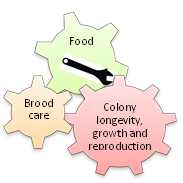 Dr. Steven Cook, Research Entomologist at USDA-ARS Bee lab, has shown that blends of pesticides can essentially ‘throw a wrench’ into a bee’s metabolic processes. He explained that constant detoxification might come at a high price. In order to keep the energetic budget balanced one or more basic biological functions (immunity, digestion, physical activity and basal metabolism) must compensate. Where exactly does the energy come from though? To calculate the cost of pesticides, Dr. Cook looked at the effects of commonly used pesticides and miticides on the metabolic physiology of caged nurse bees. Bees were exposed to different groups of compounds found in agricultural settings. One round of experiments focused on 2 controversial neonicotinoids, imidacloprid and clothianidin. Three variables were measured: 1) body weight, 2) metabolic rates (CO2/O2) via a technique calledrespirometry and 3) concentrations of two key nutritional components, lipids and proteins. As a worker bee’s role in the hive changes so, too, does its nutritional requirements. Thus measurements were taken at these normal transition phases (days 4, 7, 14 and 21). Dr. Cook found that physiological effects of the neonics were both compound and dose dependent. While many details can be gleaned from the graphs below, here are two interesting findings: by day 14 both compounds (at high doses) 1) drastically reduced protein content and 2) increased lipid content. Recent studies show that honey bees are regularly exposed to pollen and nectar that are tainted with dozens of pesticides and high fungicide loads. Lipophilic miticides can further complicate the scenario because they accumulate in beeswax, the building blocks of comb for honey storage and brood cells. Thus bees are exposed to a cocktail of toxins at every stage of their life cycle. Legend Black = control group (no exposure) Green = imidacloprid Orange = clothianidin Dashed lines = high dose Solid lines = low dose Effects of chronic oral exposure to sublethal doses of two neonicotinoids on nurse beesThese results, as well as those presented during his presentation, demonstrate how sub-lethal pesticide exposure effects nurse bee metabolic physiology. Next, Dr. Cook plans to look into how these observed effects in conjunction with the respective pesticides’ mode of action are connected to molecular signaling. To learn more about Dr. Cook’s research, please visit USDA-ARS on the web for a list of his publications. About Lisa Kuder:
Lisa is a 1st year PhD student in the Dennis vanEngelsdorp’s bee lab. She will be studying the biology and expansion of Anthophora plumipes, a species that has recently naturalized in the Mid-Atlantic region. Comments are closed.
|
Categories
All
Archives
June 2024
|
Department of Entomology
University of Maryland
4112 Plant Sciences Building
College Park, MD 20742-4454
USA
Telephone: 301.405.3911
Fax: 301.314.9290
University of Maryland
4112 Plant Sciences Building
College Park, MD 20742-4454
USA
Telephone: 301.405.3911
Fax: 301.314.9290

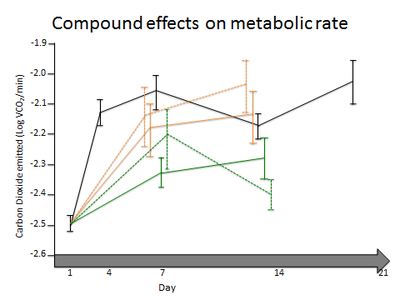
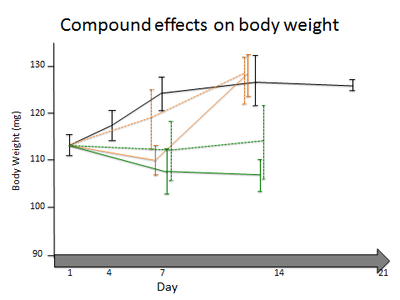
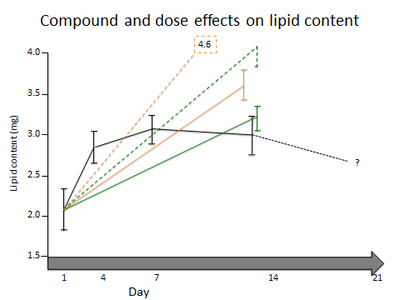
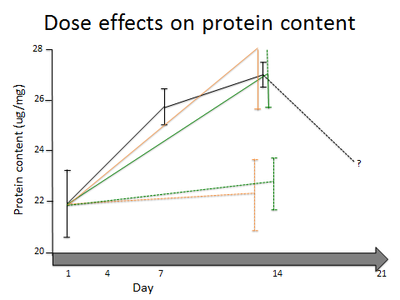
 RSS Feed
RSS Feed




